|
|
Exosome-related technologies have been developing rapidly over the past few years and substantial growth is expected for the market as they get integrated into the fields of liquid biopsy, precision medicine and regenerative medicine. In particular, cancer derived exosomes influence the invasive potential of cells by regulating angiogenesis, metastasis, and immunity, making them an extremely useful source of biomarkers for use in cancer detection, diagnosis, and therapeutic selection.
Exosomes are extracellular vesicles (EVs) of endosomal origin that range in size between 30 and 100 nanometers. Exosomes are secreted by a wide range of cells, since virtually all living cells utilize exosome-mediated communication. Exosomes carry cell-specific cargos of proteins, lipids, and nucleic acids that are selectively taken up by recipient cells.
Exosomes as Cell-Free Therapeutics, Engineered Drug Carriers, and Biomarkers
The cargo contained within exosomes can offer prognostic information for range of diseases—including cardiovascular, renal, neurodegenerative, and metabolic diseases—as well as cancer. Researchers investigating exosome biomarkers have discovered, identified, and reported the presence of hundreds of biomolecules within the lumen of exosomes.
This discovery has compelled a rapid rise in exosome-related cancer biomarker research, including the use of exosomes for the detection, monitoring, and treatment of a diverse range of oncologic conditions.
Importantly, exosomes are present within a diverse range of biofluids, including serum, plasma, urine, seminal fluid, CSF, saliva, tears and breast milk. For this reason, exosome-based diagnostics are minimally invasive, offering ease of use and speed of detection. Exosomes can also act as prognostic indicators and predictors of a patient’s response to a specific course of treatment.
Exosomes are also being explored for their use as cell-free therapeutics. For example, if a patient has a disease caused by a missing or defective protein or microRNA, the patient’s exosomes can be isolated, modified with the appropriate siRNA or protein and then injected back into the patient for treatment. There are also many approaches being researched for creating drug-loaded exosomes. Furthermore, exosomes can often exert powerful effects. For example, MSC-derived exosomes have the capacity to suppress inflammation, prevent scar tissue formation, and mediate a healthy immune response.
Exosome Market Trends
For these reasons, exosomes have gone from being overlooked to rapidly gaining momentum as a novel strategy for accessing the therapeutic effects of cells without the risks and difficulties of administering cells to patients. Although exosomes were discovered more than 30 years ago, it was not until recently that the scientific community began to give credit to exosomes for a range of promising traits. In 2006, there were only 76 articles published about exosomes on PubMed.gov. Today, there are over 17,850 articles published about exosomes on PubMed.gov, of which the vast majority were released in the past five years.
When exosome publications are analyzed, U.S. authors have published approximately 40% of the articles and China comes in second place. When the term “exosome” is searched in the scientific literature, Dr. Susanne Gabrielsson from the Karolinska Institutet in Sweden is the leading author.
When the term “extracellular vesicles” is searched, Unicyte AG, a regenerative medicine unit of Fresenius Medical Care, takes the lead. Headquartered in Switzerland, the company has published more than 100 papers on exosomes and extracellular vesicles in combination with Professor Giovanni Camussi.
Exosome Market Forces
To characterize the rapidly expanding exosome market, BioInformant has released a global market report that explores growing demand for exosome therapeutics, diagnostics, research tools, and manufacturing technologies. The report reveals trend rate data for exosome patents, grants, and scientific publications. It also features exosome clinical trial activity by type, region, phase, and sponsor.
It aggregates information about exosome industry partnerships, merger and acquisition (M&A) activity, and financing events. It features company profiles for 118 global competitors from across the exosome marketplace, including their core technologies and products under development. Most importantly, it presents market size determinations by market segment with forecasts through 2030.
Today, the exosome industry is witnessing:
- A surging number of scientific papers investigating exosomes and their applications
- Rising numbers of clinicals trials investigating exosome therapeutics and diagnostics
- Swelling appetite among investors for exosome technology
- An increasingly competitive IP environment
- A diverse range of co-development partnerships
- Proliferating numbers of exosome competitors in all major life science markets worldwide



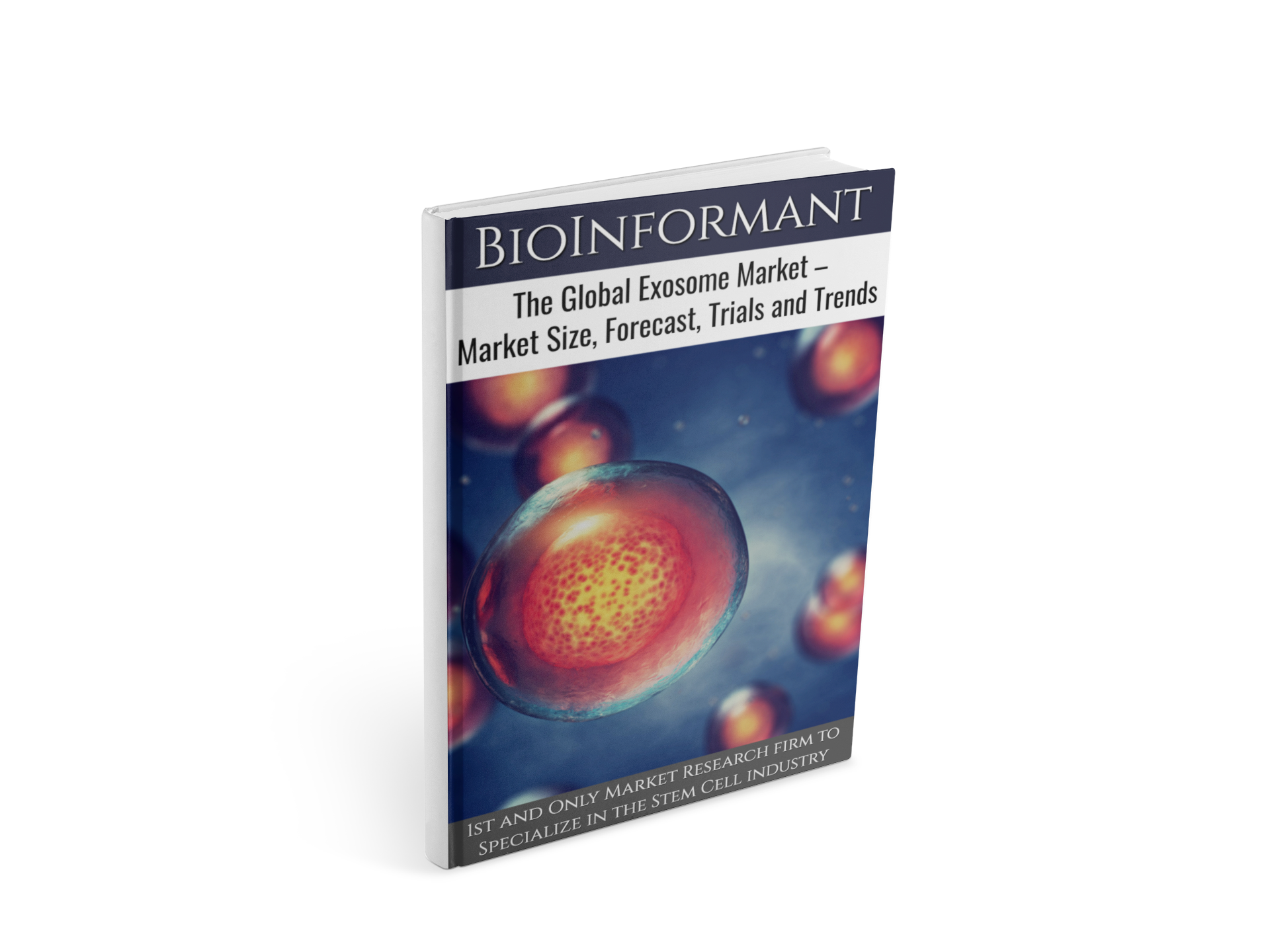




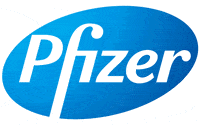




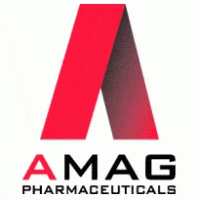


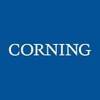

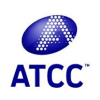


Very impressed by your summary of exosomes. Wish I could afford the publication! Enjoying BioInformant. I am a retired former freelance science writer turned title examiner, now blowing on the glowing coals of my meager stock portfolio hoping it lasts until I shuffle off to Buffalo. I invest heavily in Biopharmaceuticals because I understand that sector more than other sectors.
Thank you for what you do! I’m really enjoying Bioinformant, and it is saving us a lot of time as we enter the conference season.